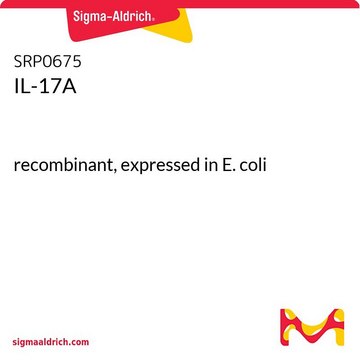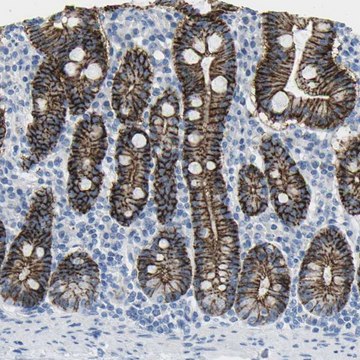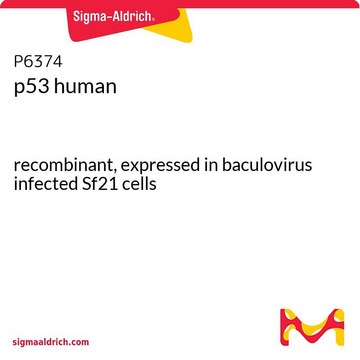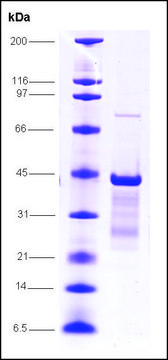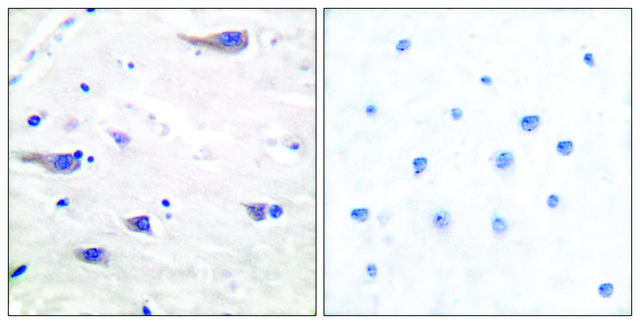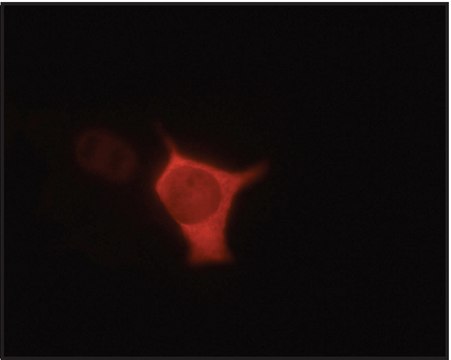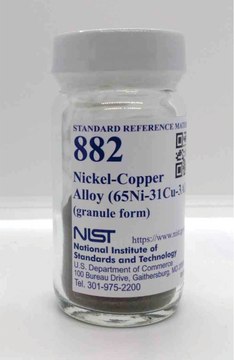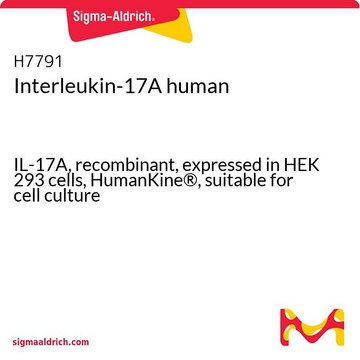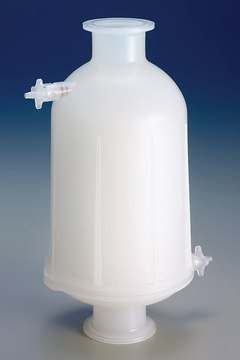推荐产品
生物来源
human
重组
expressed in E. coli
方案
≥80% (SDS-PAGE)
表单
frozen liquid
分子量
~34.6 kDa
包装
pkg of 10 μg
浓度
400 μg/mL
技术
western blot: suitable
颜色
clear colorless
NCBI登记号
UniProt登记号
运输
dry ice
储存温度
−70°C
基因信息
human ... TP53(7157)
一般描述
p53 is a tumor suppressor gene expressed in a wide variety of tissues. It is a tetrameric nuclear DNA-binding phosphoprotein. The gene encoding it is localized on human chromosome 17p13.1.
生化/生理作用
Tumor suppressor p53 has the capability to induce cell cycle arrest and has a role in DNA repair, senescence and apoptosis. It binds to Simian vacuolating virus 40 (SV40) T-antigen and human papilloma virus E6 protein. The p53 gene is mutated in various cancers, such as of the breast, ovarian, bladder, colon and lung.
p53 was identified as a tumor suppressor by showing that this protein has the ability to block transformation and to inhibit tumor cell growth. In addition, p53 is a transcription factor capable of regulating the expression of a subset of downstream genes. Mutation of two specific N-terminal residues in p53 (residues Leu22 and Trp23) impairs the ability of p53 to transactivate and has been correlated with its ability to bind TAFII40 and TAFII60 (or TAFII31 and TAFII70) suggesting that one or both of these interactions is important for activation. Mutation of residues 22 and 23 to Ala does not affect binding to TBP, although mutation of these residues to charged amino acids has been reported to disrupt the p53-TBP interaction. Different mutations in p53 gene have been characterized in a variety of human cancers. Loss or mutation of p53 function is highly correlated with tumorigenesis.
外形
Clear and colorless frozen liquid solution
制备说明
Use a manual defrost freezer and avoid repeated freeze-thaw cycles. While working, please keep sample on ice.
储存分类代码
10 - Combustible liquids
WGK
WGK 1
闪点(°F)
Not applicable
闪点(°C)
Not applicable
法规信息
常规特殊物品
The Cell: A Molecular Approach (2000)
The Cell: A Molecular Approach (2000)
Chromosomal instability and tumors promoted by DNA hypomethylation.
Eden A, et al.
Science, 300(5618), 455-455 (2003)
S J Baker et al.
Science (New York, N.Y.), 249(4971), 912-915 (1990-08-24)
Mutations of the p53 gene occur commonly in colorectal carcinomas and the wild-type p53 allele is often concomitantly deleted. These findings suggest that the wild-type gene may act as a suppressor of colorectal carcinoma cell growth. To test this hypothesis
C A Finlay et al.
Cell, 57(7), 1083-1093 (1989-06-30)
DNA clones of the wild-type p53 proto-oncogene inhibit the ability of E1A plus ras or mutant p53 plus ras-activated oncogenes to transform primary rat embryo fibroblasts. The rare clones of transformed foci that result from E1A plus ras plus wild-type
我们的科学家团队拥有各种研究领域经验,包括生命科学、材料科学、化学合成、色谱、分析及许多其他领域.
联系技术服务部门